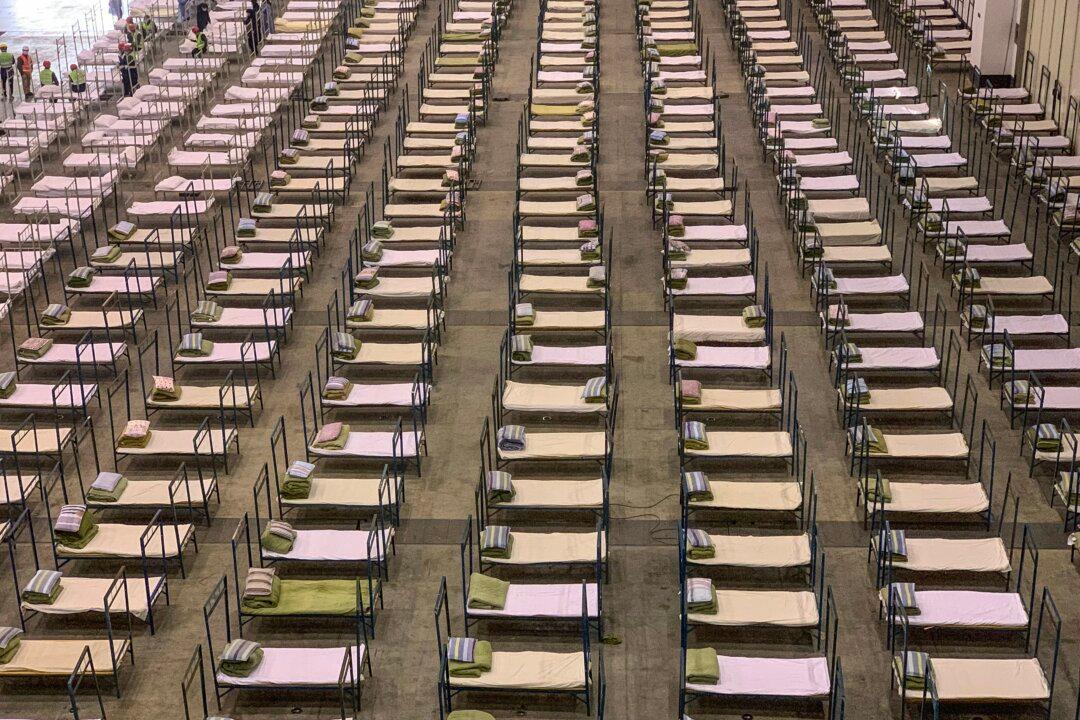The central Chinese city of Wuhan has set up 11 new makeshift hospitals as of Feb. 5 in order to accommodate the large numbers of coronavirus patients.
Wuhan is the capital of Hubei Province. According to the provincial government-run media Hubei Daily, the 11 new facilities have a total capacity of 10,100 beds.





